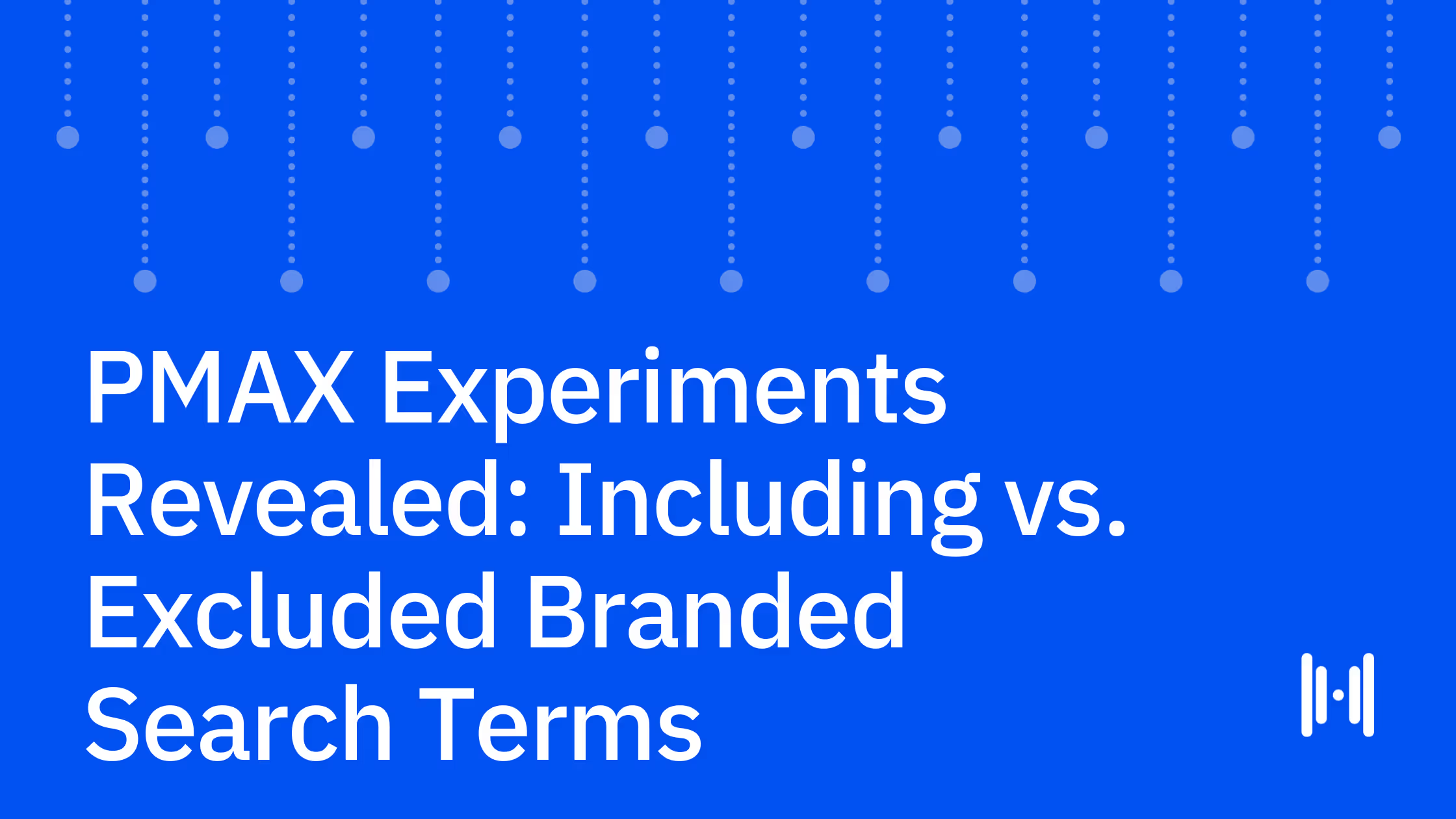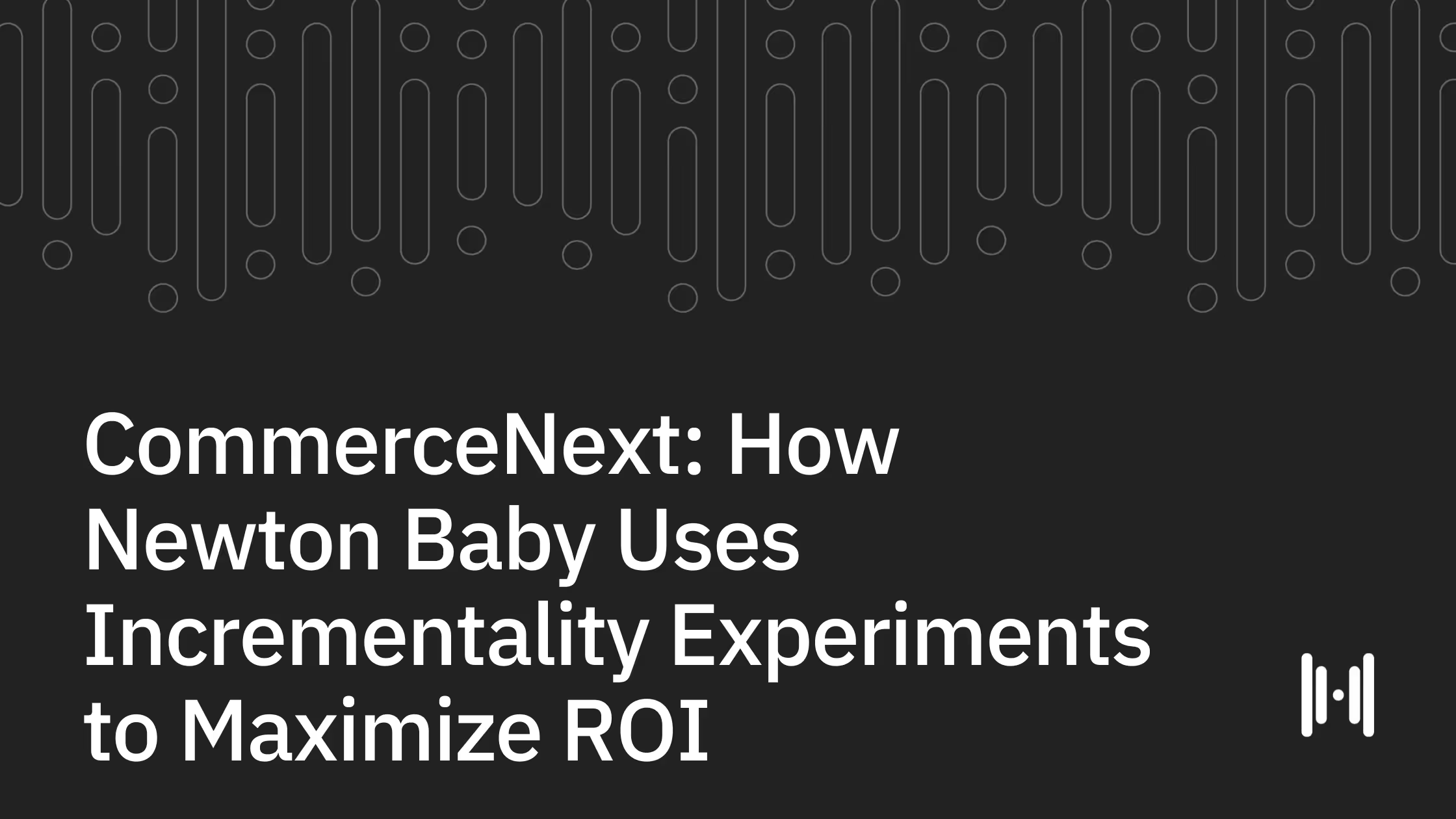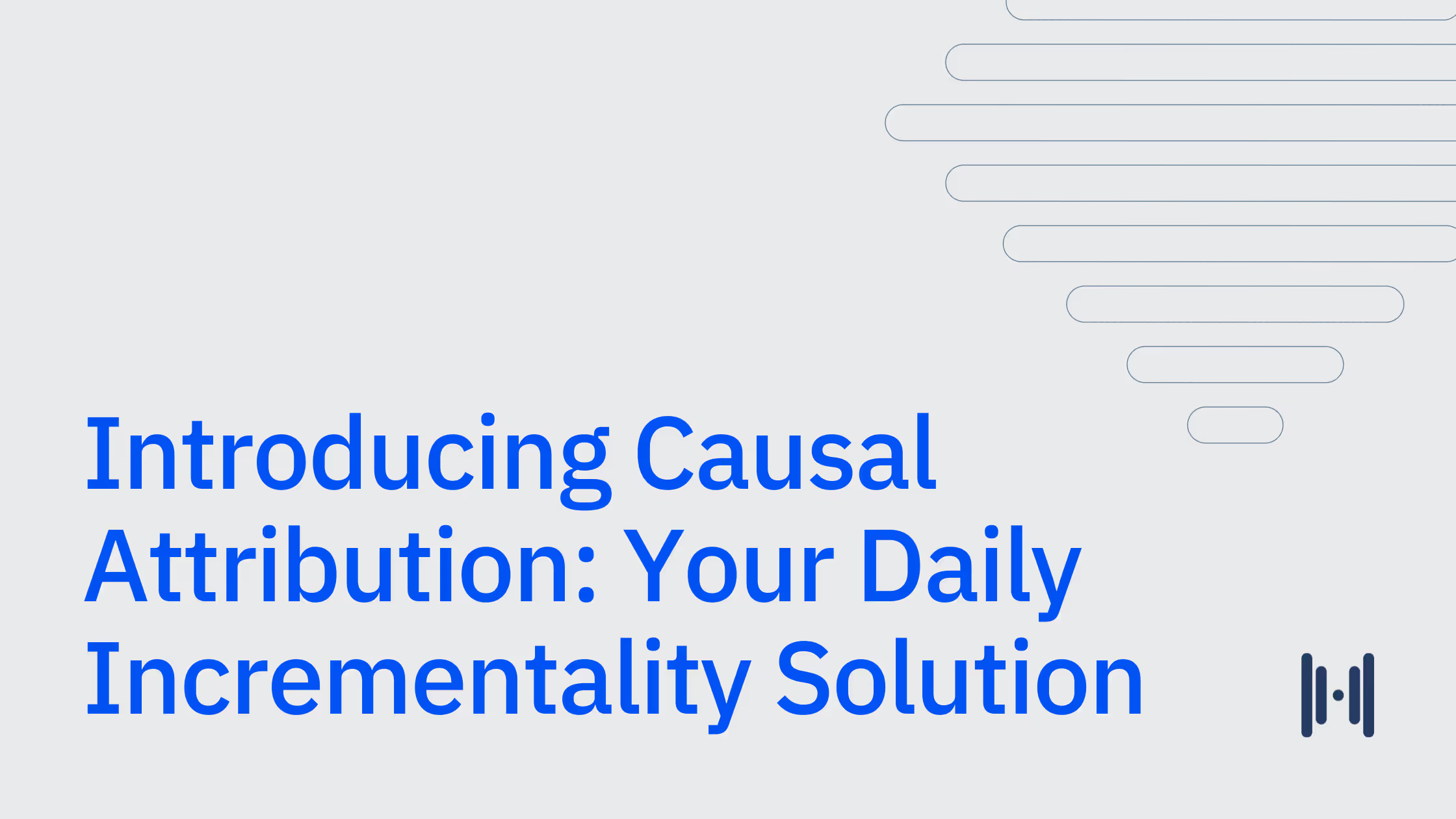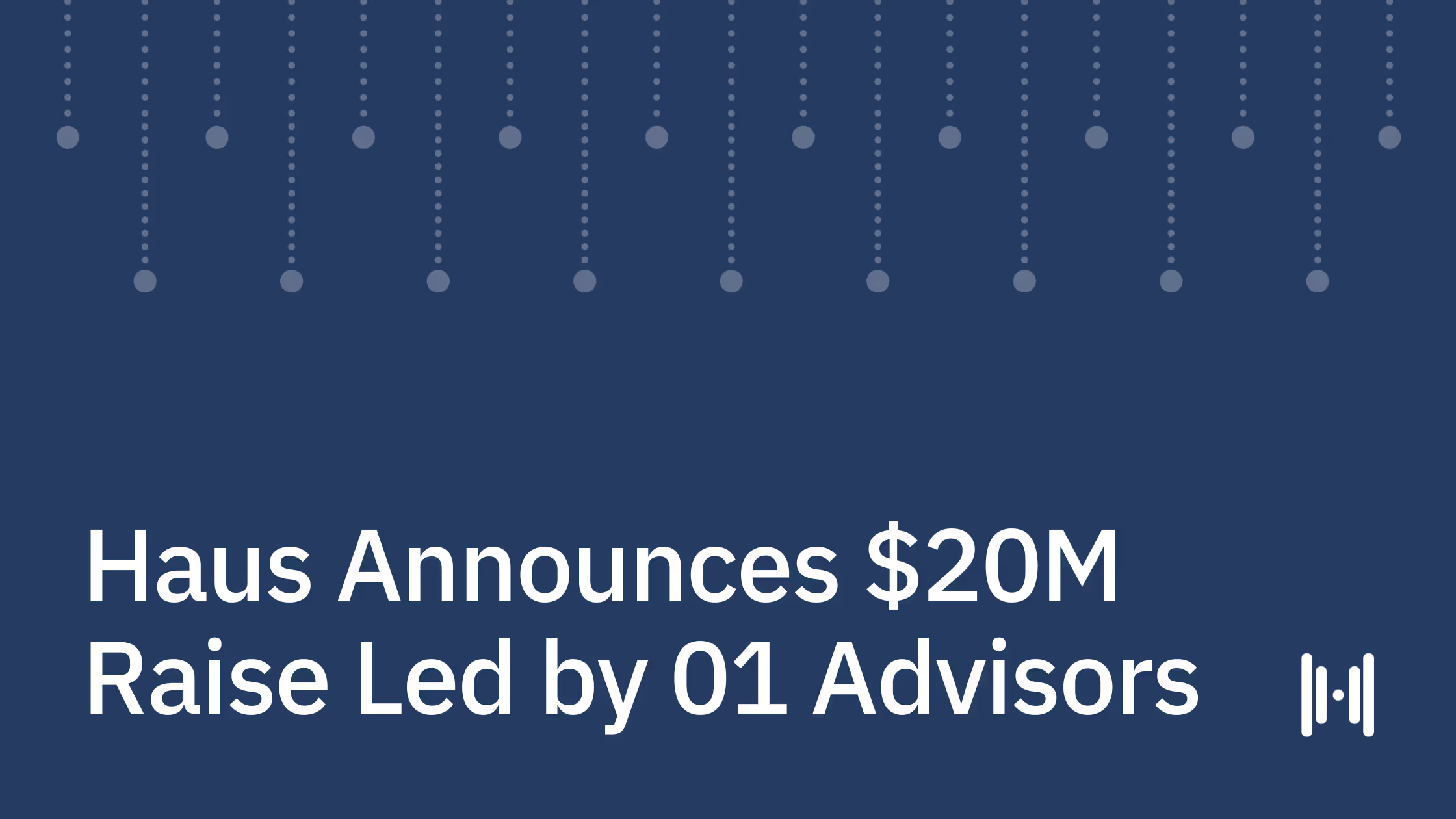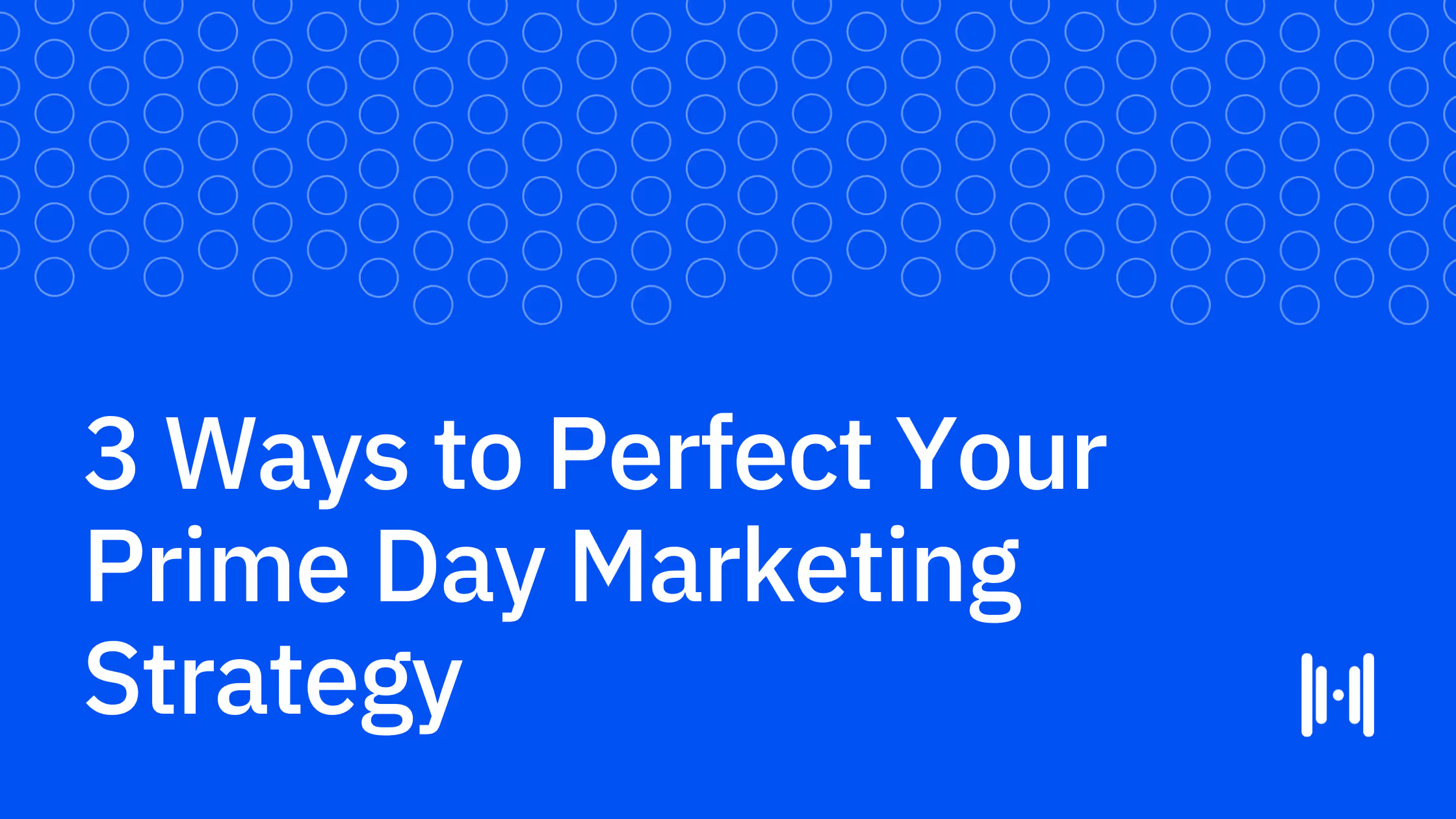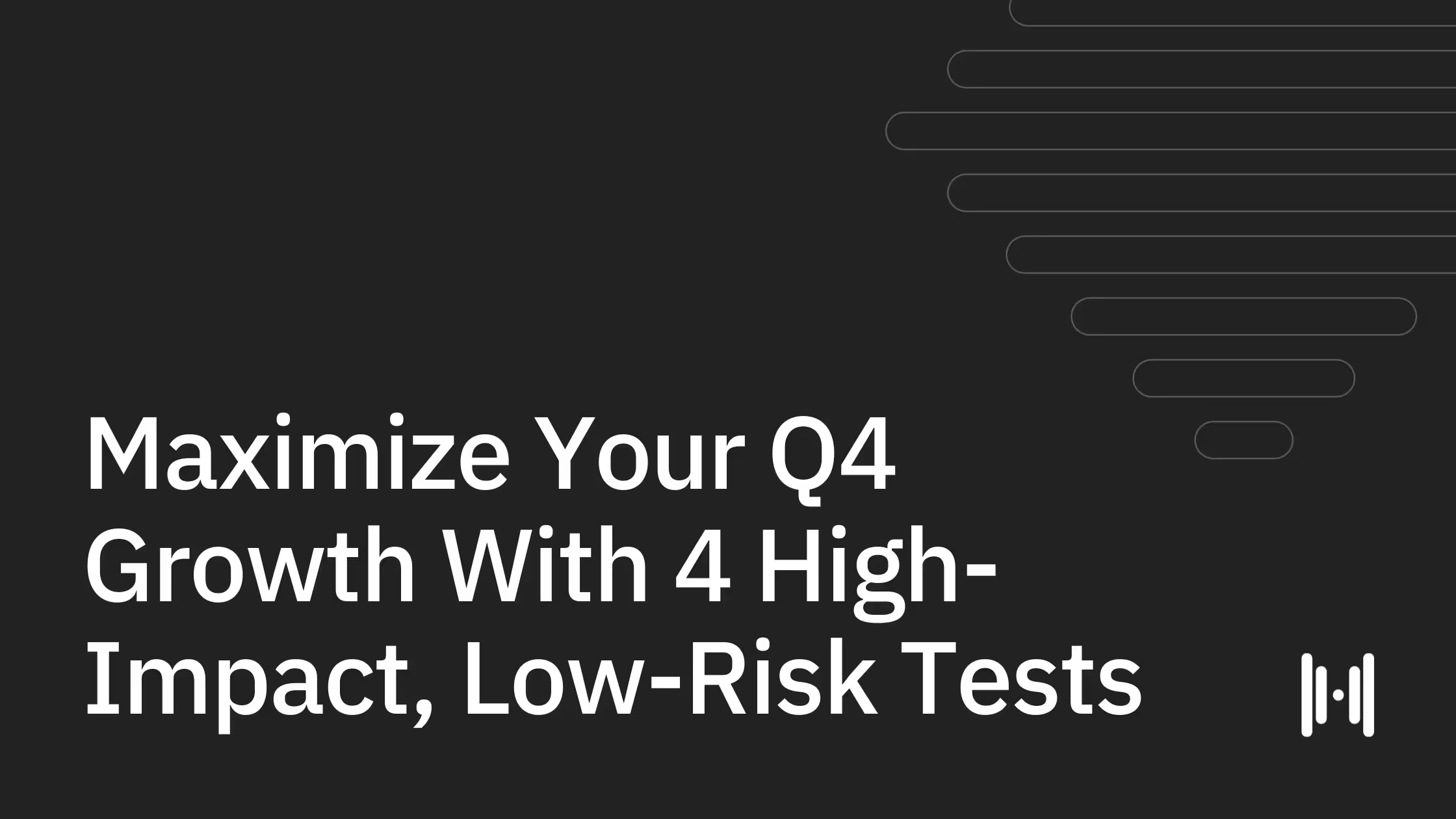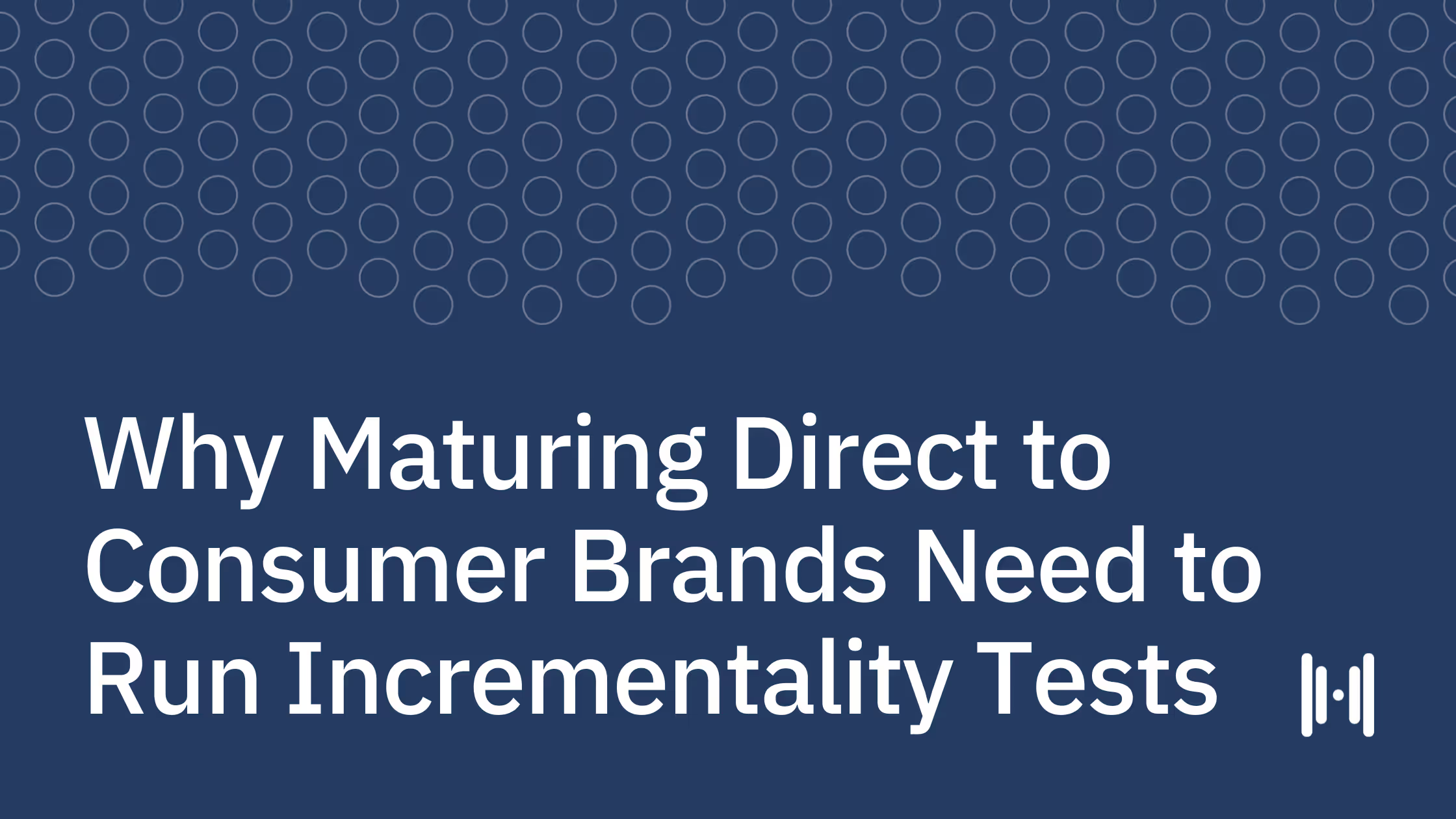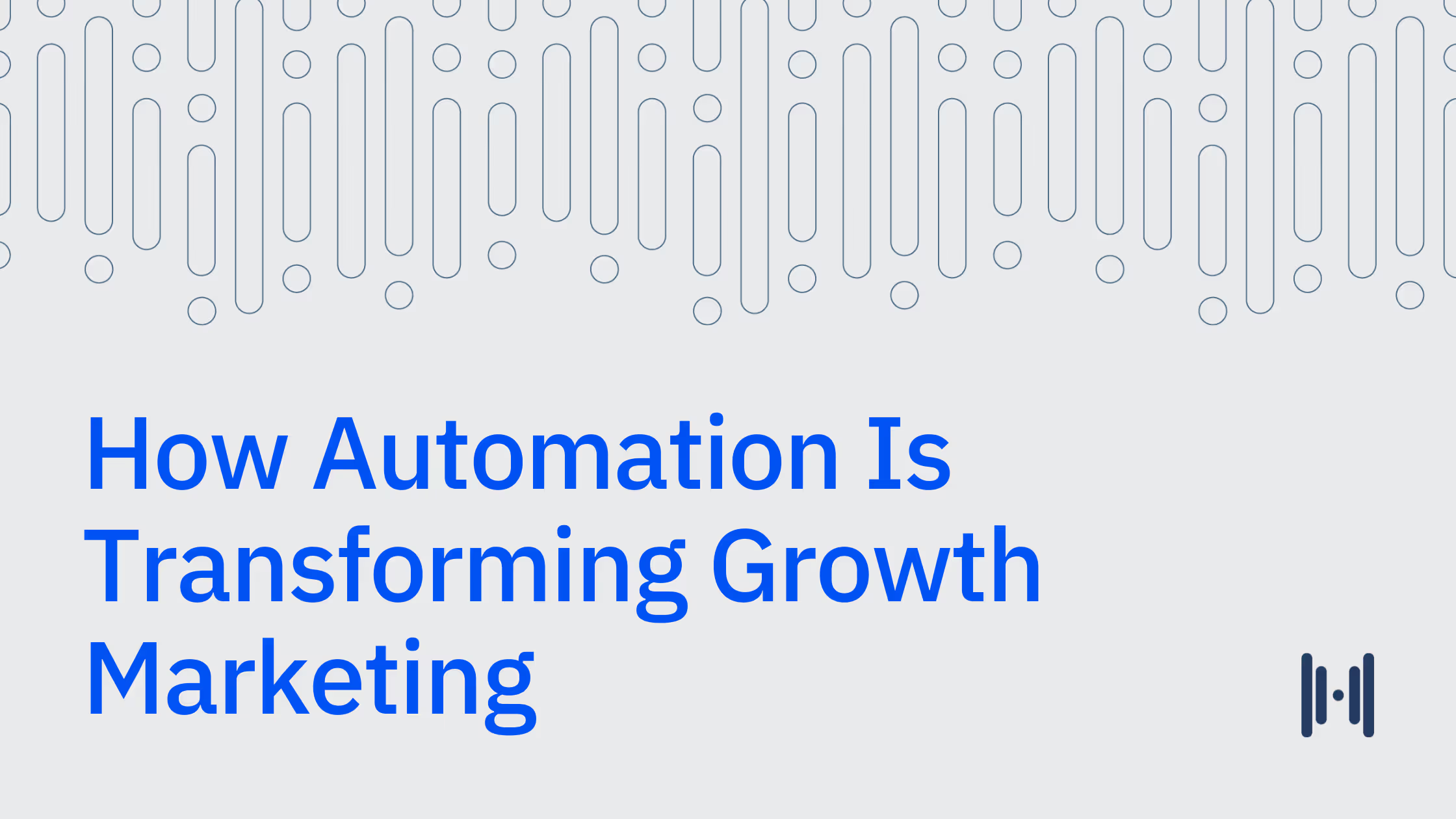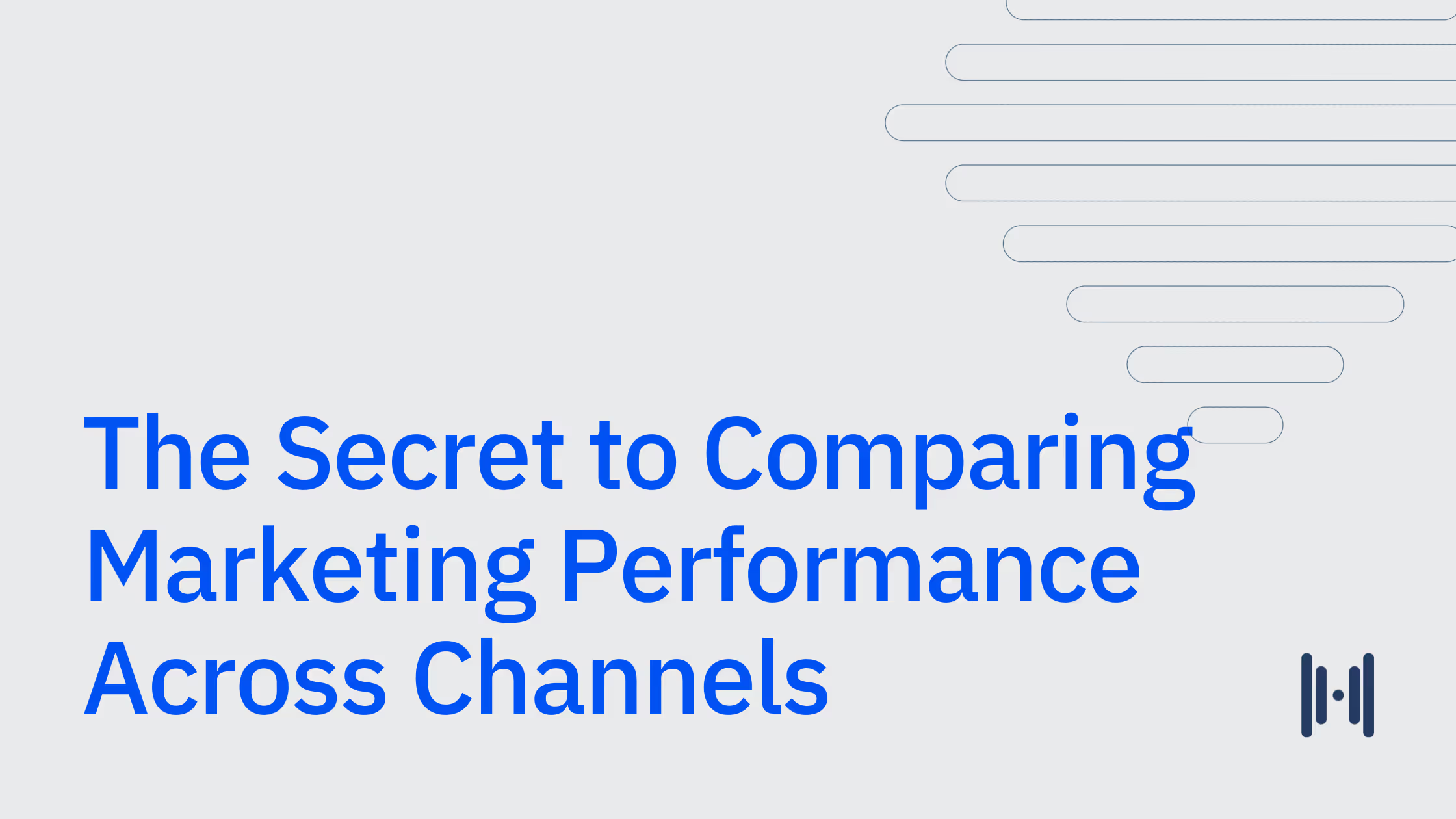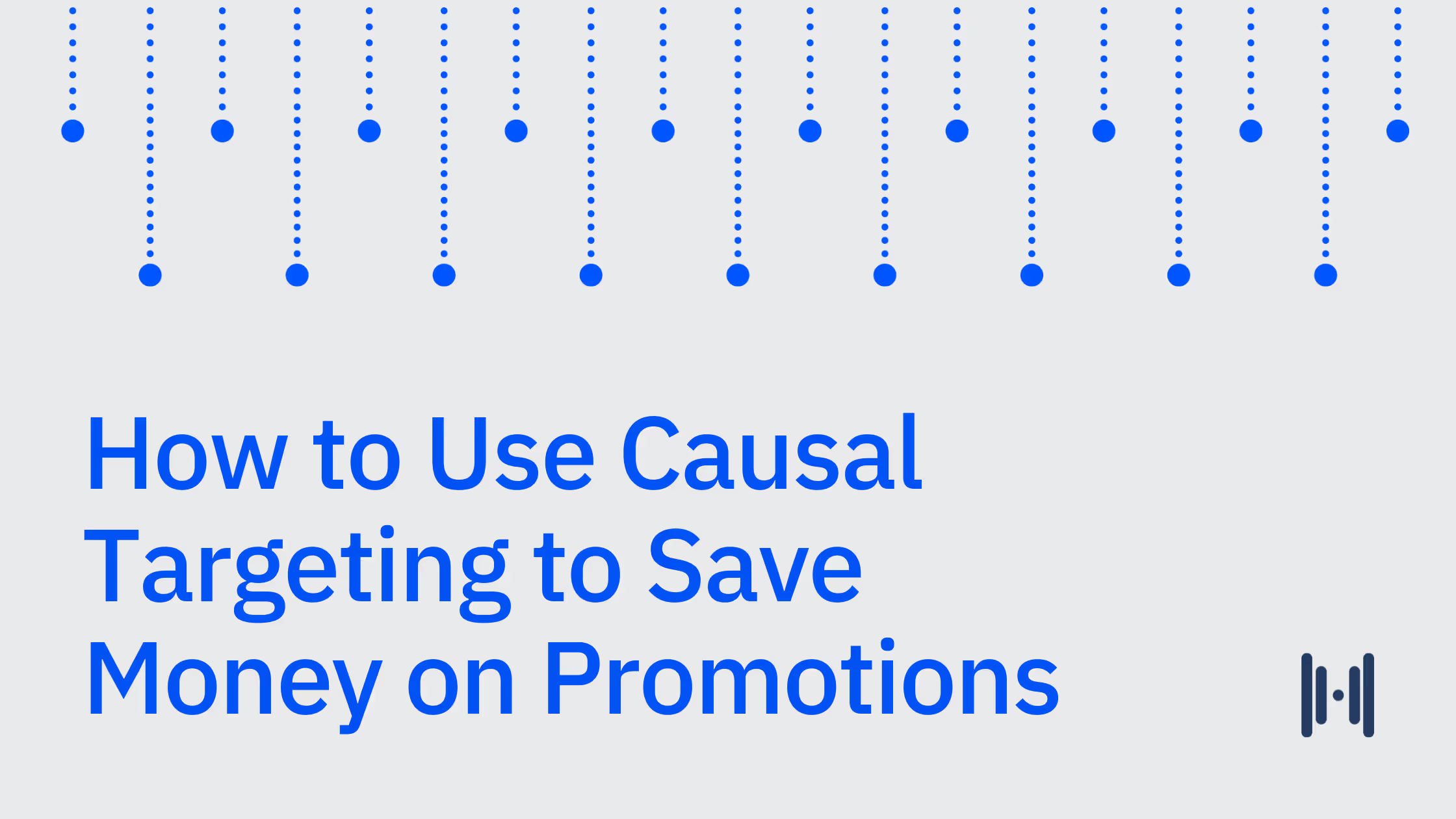
In our recent Open Haus AMA, we got a good question: “Incrementality is such a buzzword right now, but even as a career marketer, I haven’t had much experience with it. Why is it such a big deal, and what’s the best way to actually get started?”
It’s a question we hear more and more, so we figured it deserved a full article. Today we’ll walk you through why incrementality matters, when you need to start thinking about it, and how to actually get started with testing — whether you're a small business or scaling up.
Does my business need incrementality?
When you're part of a small, fast-growing business — especially one with modest revenues or limited marketing spend — most of your actions feel incremental. If you spend $1,000 on a Meta campaign and sales go up by $2,000 the next week, it's easy to connect the dots. There are fewer variables and less noise; virtually everything you do to acquire customers shows up in your results. In these scenarios, incrementality isn't something you have to work hard to measure or debate.
The game changes as you grow
As brands scale, several things happen. Growth comes from a mix of paid marketing, organic reach, word of mouth, partnerships, and omnichannel retail expansion. Suddenly, you're investing significant sums — often millions — across several marketing channels, with complex customer touchpoints. This brings about two crucial dynamics:
- Untangling attribution gets hard: The more you spend and the more overlapping channels you use, the harder it becomes to tell what's truly moving the needle. Attribution platforms might show a paid channel driving lots of sales, but if you turn off spend and nothing changes, were those sales really the result of your ads — or would they have happened anyway? At scale, paid channels (and their dashboards) often take credit for outcomes they didn't actually cause. This sets you up for wasted budgets and poor decision-making.
- Risk of mistaken cuts or overstocked channels: If you rely solely on attribution data, you may launch campaigns that look weak but are quietly driving essential demand. Or you may keep spending on areas that look great on paper but are simply soaking up sales that would have happened anyway. Either way, you risk allocating significant marketing spend in ways that don't actually grow your business.
To illustrate, consider a brand that launches YouTube ads while already enjoying strong organic growth. Analytics may show little uplift in attributed revenue, leading you to think YouTube isn't "working." In reality, new customers might be coming in directly after exposure — without clicking an ad or using a tracked link. Without incrementality measurement, you simply can't see this impact.
When do you need to start thinking about incrementality?
Here's the thing: paid marketing is usually the biggest cost on a growth brand's P&L. As the stakes rise, knowing what really drives new business (versus coasting on organic demand) becomes non-negotiable. But how do you know when you’re ready for incrementality testing?
Signs you've outgrown simple attribution
Incrementality becomes critical when:
- Your organic business is growing, but new paid channels don't yield visible changes in revenue
- Turning media spend up or down no longer correlates neatly with changes in revenue
- You're active across three or more major paid channels, in addition to partnerships, retail, or marketplaces
- You're selling through multiple channels (like Amazon, retail, and DTC), making the effects of advertising harder to measure with digital attribution alone
Generally, businesses start facing serious incrementality questions when they hit $5–10 million in annual ad spend or $20 million+ in revenue, especially if they operate omnichannel.
How Do You Get Started with Incrementality?
For brands at an early stage
If you're still working with a limited budget, simple approaches work best. Platform conversion lift studies can be a good start.
Most major ad platforms (Meta, Google) offer free or low-threshold "conversion lift" tests. These randomly exclude a portion of your audience from seeing ads and compare outcomes. While these studies have limitations — each platform grades its own homework, and they're not apples-to-apples between vendors — they offer a solid introduction to incrementality testing and help you get familiar with relevant metrics (Incremental ROAS, lift percent, etc.).
For marketers approaching or at scale
As businesses grow, testing becomes more sophisticated and essential:
- Geo-testing and holdouts: Rather than excluding individual users, advanced incrementality testing uses geography — randomly withholding ads from certain cities/regions — to measure genuine business impact. This helps cut through noise and provides a view of true incremental value even in big, complex businesses. Bonus points: It’s privacy-durable.
- Test design and organizational buy-in: Running these tests means groups of potential customers won't see ads in some markets for weeks — so everyone (including the C-suite) must align beforehand. Immediate dips in sales for holdout regions are a feature, not a bug; they provide the evidence you need to evaluate your spend.
Example: Brand search spend
Let's say your company is spending $500,000/month on branded search campaigns. You're unsure whether those clicks represent real incremental business or customers you would have gotten anyway. By running a geo holdout — stopping brand search ads in a randomly chosen set of regions for a few weeks — you can see what happens to sales in those areas compared to controls. If sales hold steady, you just identified a major savings opportunity.
Building a roadmap: What comes after that first test?
The best approach is to treat incrementality as an ongoing program, not a one-time project. As you run tests on different channels and tactics, you build up a library of "what works" (and when, and how well). Start with quick wins and big spend areas, then iterate:
- Test creative variations or new optimizations inside your highest-spend channels (tweaking Meta/Google targeting, for instance)
- Run sequential or seasonal tests (like how a given channel performs in a high season vs. low season)
- Explore all-up tests that quantify the effect of paid marketing on your entire business, especially if the board or leadership is asking
Keep in mind: Every time you find that a channel is incremental but unprofitable (like incremental ROAS < 1), it's a baseline — not a death sentence. You can run targeted optimizations to improve performance in subsequent rounds.
Common concerns and misconceptions
Here are a few things you might be thinking about as you embark on incrementality testing for the first time:
- Will running holdout tests disrupt campaign performance?: Unless you're running extremely high (like 50%) holdouts, volatility is similar to regular campaign fluctuations. It’s worth talking to your team about trade-off — is it worth holding out a larger group in order to get more precise test results?
- Does incrementality testing require dedicated staff?: Generally, no — modern tools like Haus offer built-in support and service, reducing the need for new team members. The biggest lift is often planning and aligning teams around test design and timing, especially for decisions that carry a real business impact.
- Do I still need Media Mix Modeling (MMM)? MMM is a longer-term, statistical approach that can estimate the contribution of marketing and non-marketing factors over time. However, Traditional MMM relies on correlations, not true causality. This means it can be biased, especially for channels like branded search, where spend and revenue rise together. That’s why we’re building Causal MMM, which is inherently tuned and shaped by incrementality experiments.
What makes a "good" or "bad" incrementality result?
Assessing test results is all about two factors:
- Lift percent: How much did the tested tactic lift the outcome (sales, conversions) vs. control?
- Efficiency (Incremental ROAS or Cost Per Incremental Acquisition): Was the incremental outcome worth what you spent?
Context is crucial. If your best-performing channels have incremental ROAS below 1, but everything else is far worse, you'll still increase efficiency by prioritizing the "least-bad" options. Over time, optimization and retesting can improve results.
Practical tips for newcomers
- Start by asking good questions. What are you really trying to uncover? Where do you have doubts about channel incremental value? What are those low-hanging fruit hypotheses that you’ve been wondering about for a while?
- Get organizational buy-in before experimentation. Make sure leadership understands potential short-term dips in holdout markets are part of getting rigorous answers.
- Expect learning, not magic bullets. Incrementality testing doesn't "unlock" hidden growth overnight — it helps you optimize and invest budget where it truly matters.
Read our previous content around incrementality best practices and mistakes to avoid here.
Final thoughts
Incrementality’s underlying question is timeless: "Which activities genuinely grow my business, and which simply harvest demand that's already there?"
As brands scale and the noise multiplies, only a disciplined approach to measurement and experimentation will reveal true answers. For some, that road starts simply — turning off a campaign and watching immediate results. As your business grows, it becomes about holding out geographies, running randomized controlled trials, and building a library of learnings that inform every dollar you spend.
Frequently Asked Questions
What does incrementality mean in marketing?
Incrementality in marketing refers to the true impact that a marketing activity has on business outcomes that wouldn't have occurred otherwise. It measures the "lift" or additional value that specific marketing efforts create beyond what would have happened organically. This concept helps marketers understand which activities genuinely drive new business versus those that simply take credit for sales that would have happened anyway.
What is incrementality?
Incrementality represents the causal relationship between a marketing action and a business outcome. It answers the fundamental question: "If I hadn't done this marketing activity, what would I have lost?" It's about isolating the true effect of your marketing spend by comparing what actually happened against what would have happened without that specific intervention.
What is an example of incrementality testing?
A clear example is a brand that spends $500,000 monthly on branded search campaigns and conducts a geo holdout test by stopping these ads in randomly selected regions for a few weeks. If sales in those regions remain steady compared to control regions where ads continued, it indicates these ads have low incrementality — meaning most customers would have found and purchased from the brand even without the search ads. This reveals a potential opportunity to reduce spending without significantly impacting sales.
What does it mean to drive incrementality?
Driving incrementality means implementing marketing strategies that create genuinely new business outcomes rather than just capturing existing demand. It's about finding channels, messages, and tactics that reach customers who wouldn't have purchased otherwise. When marketers focus on driving incrementality, they're optimizing their budget to create new business rather than simply claiming credit for sales that would have happened anyway.
Why is incrementality important?
Incrementality becomes increasingly critical as businesses scale because:
- It prevents wasted marketing spend by identifying which channels truly drive new business versus those that merely take credit for organic sales.
- It helps avoid mistaken budget cuts to channels that may appear weak in attribution reports but are actually driving essential demand.
- For growing brands with complex customer journeys across multiple channels, incrementality testing provides clarity when simple attribution models fail.
- It provides a true picture of marketing effectiveness when you're active across numerous channels (paid media, partnerships, retail, marketplaces).
- As marketing becomes one of the largest expenses on a company's P&L, understanding the real impact of that spend becomes non-negotiable for responsible growth.
.png)
.png)
.png)
.png)
.avif)
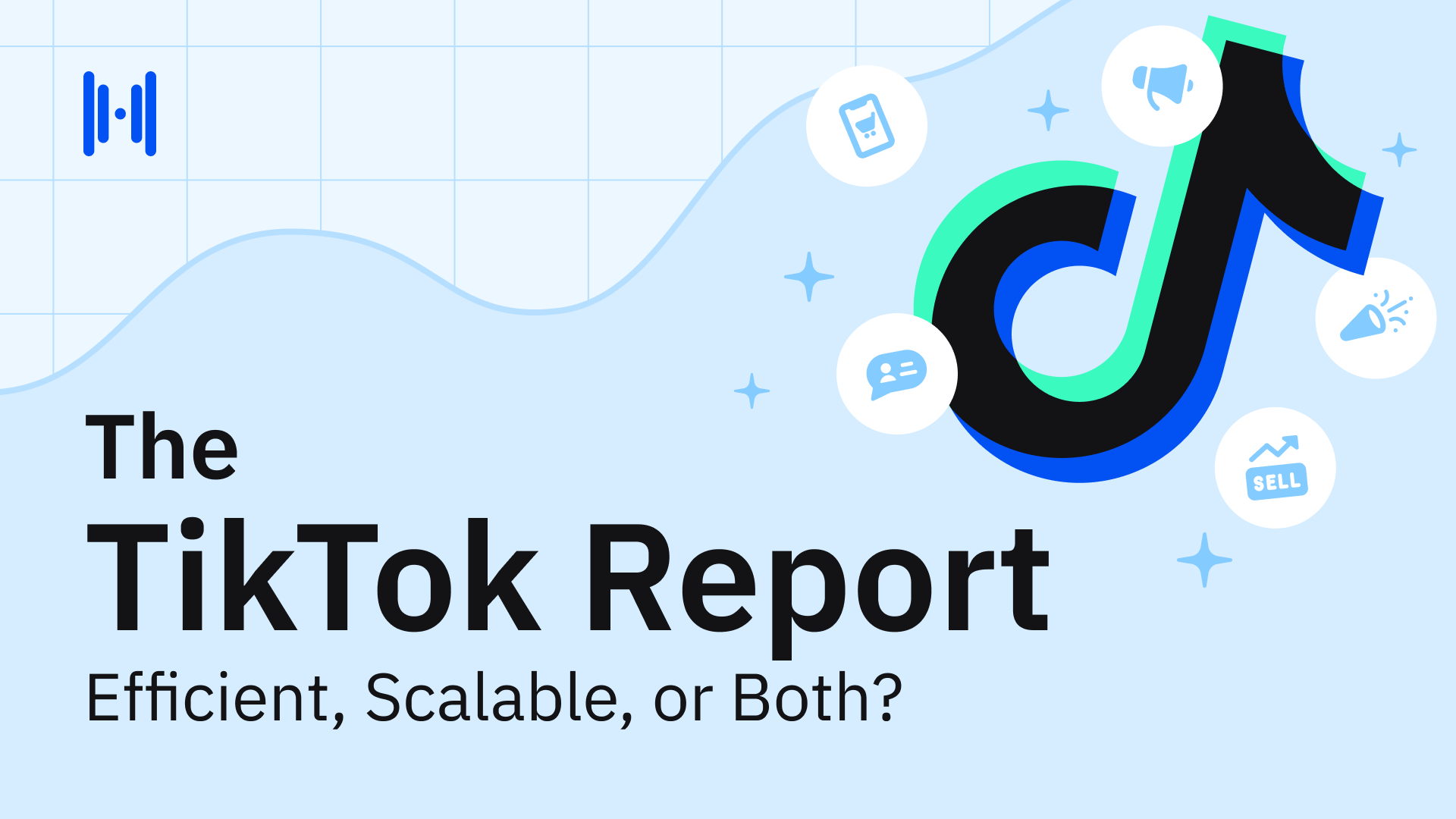

.png)
.png)
.png)
.png)
.png)
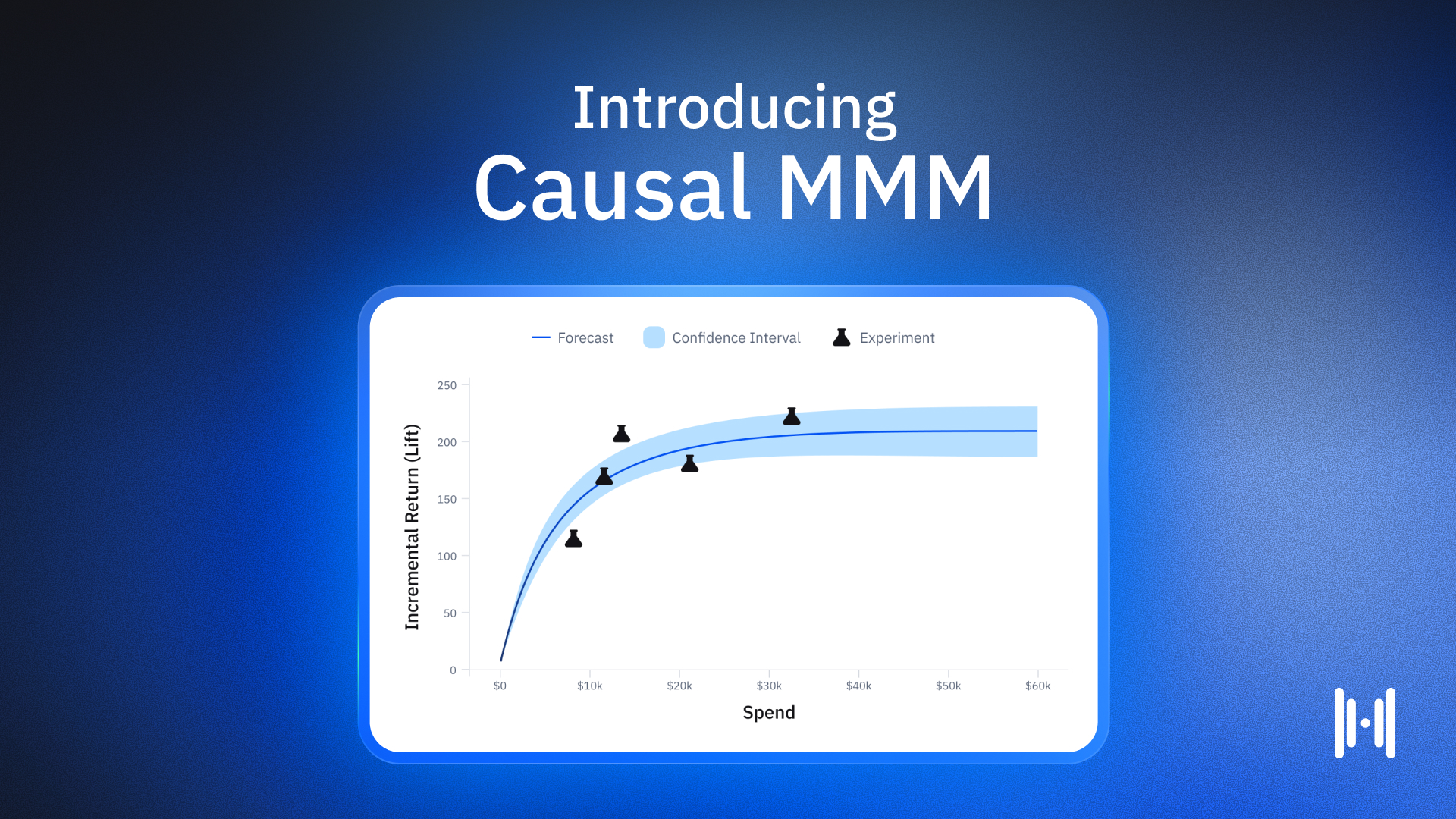
.avif)
.png)
.png)
.png)
.png)
.png)
.png)
.png)
.png)
.png)
.webp)
.webp)
.webp)
.webp)
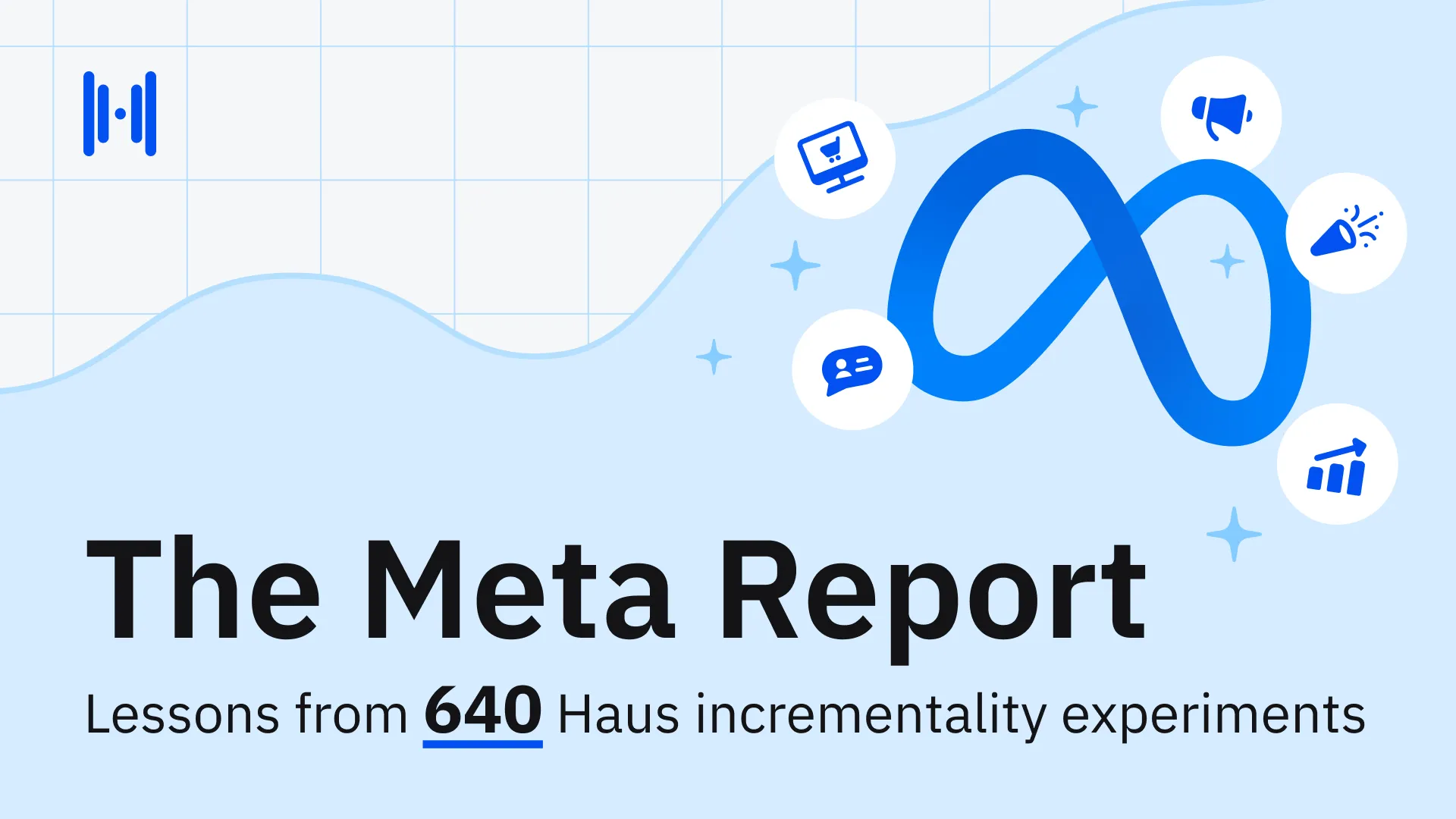
.webp)
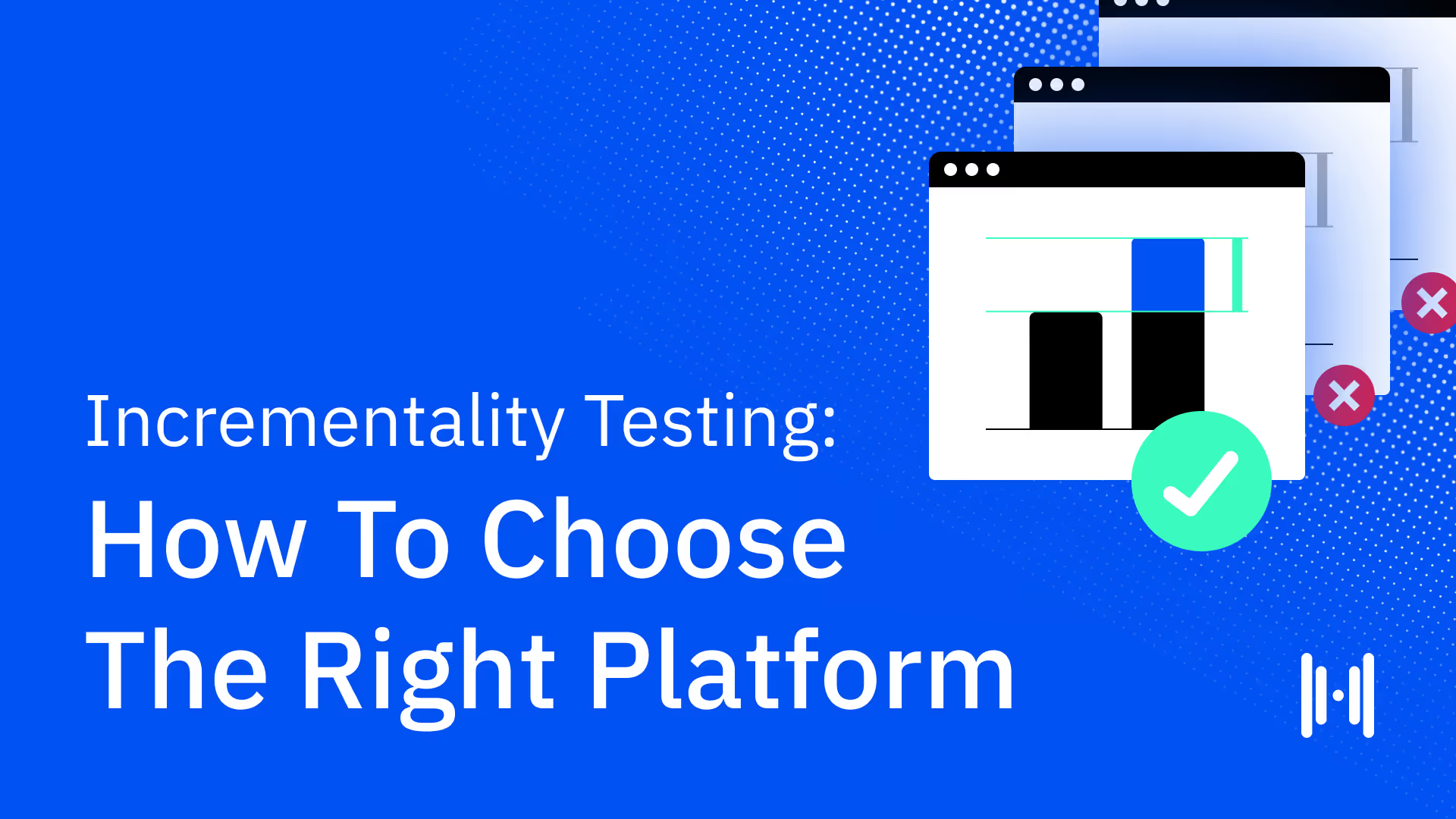
.webp)
.webp)
.webp)
.webp)
.webp)
.webp)
.webp)
.webp)
.webp)
.webp)
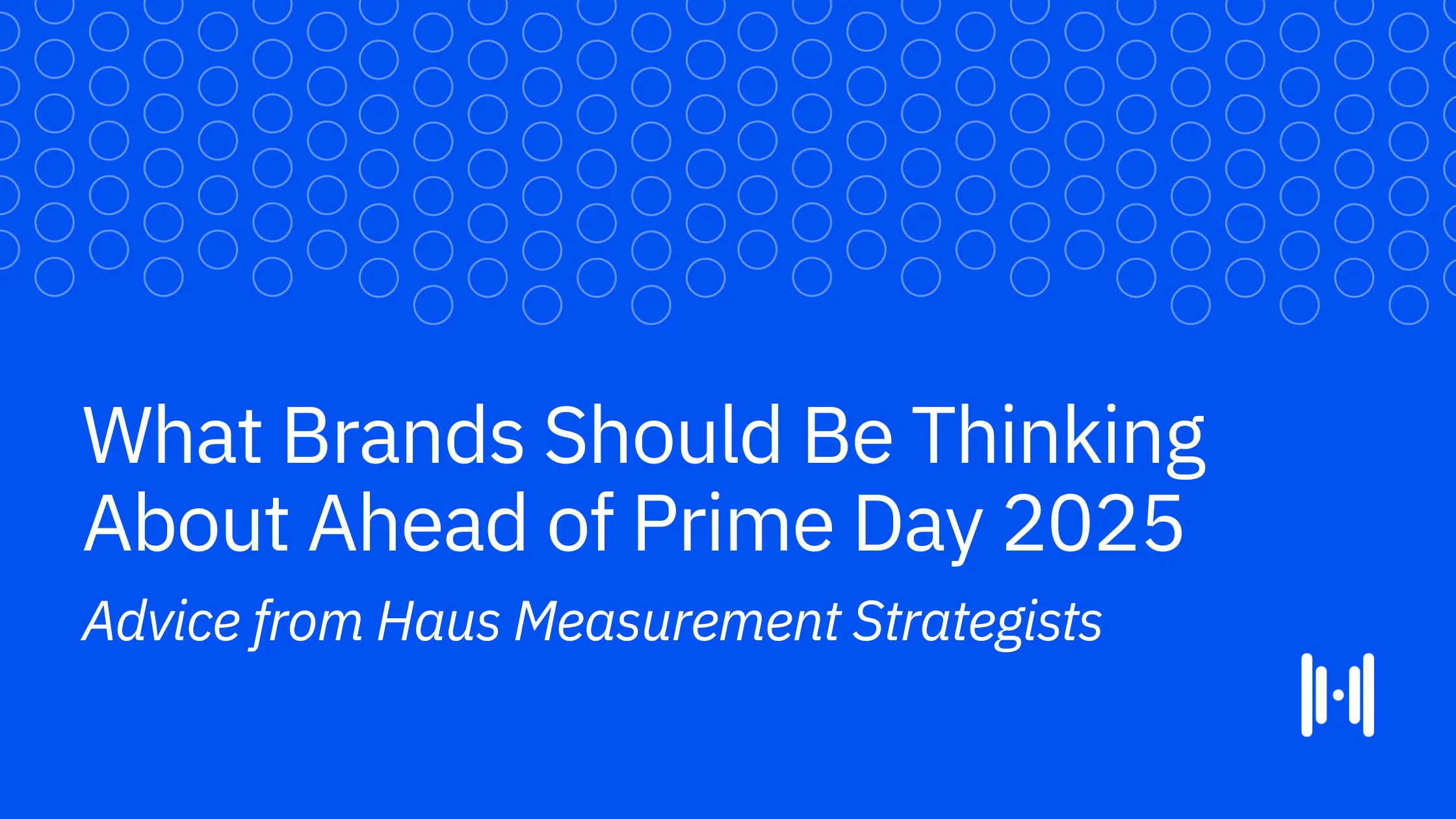
.webp)
.webp)
.webp)
.webp)
.webp)
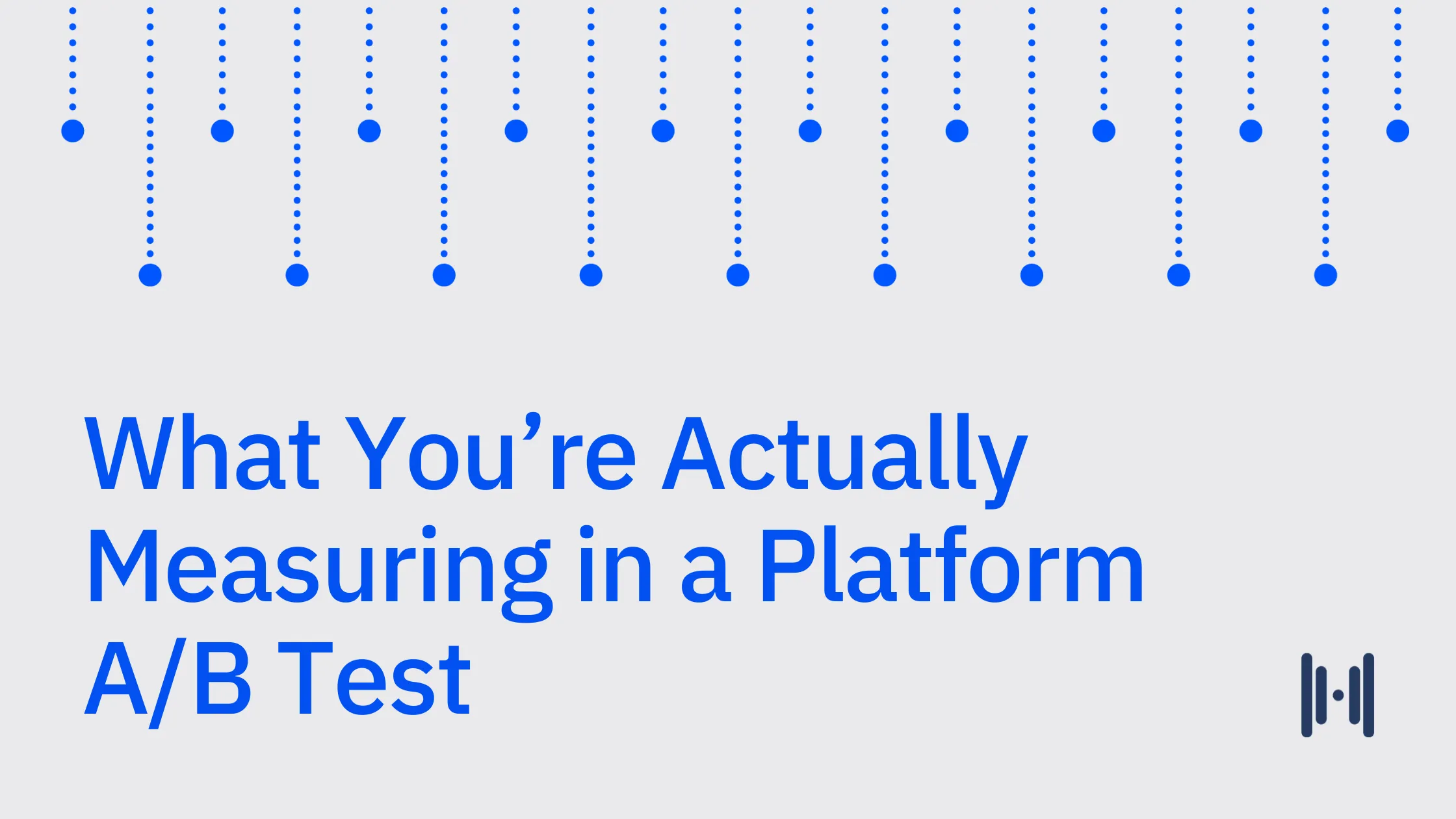
.webp)


.avif)
.avif)



.avif)
.avif)
.avif)

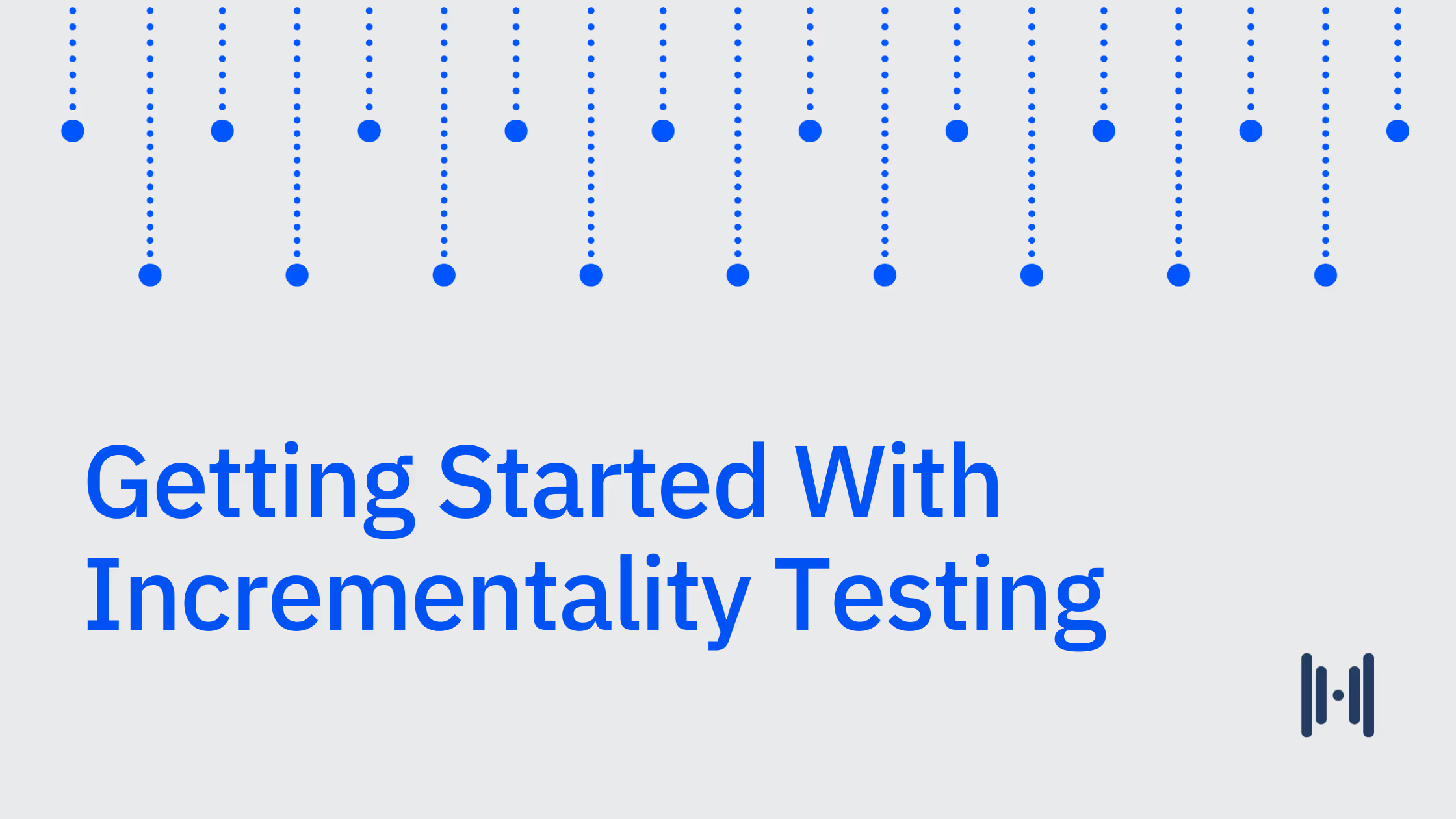
.avif)
.avif)
.avif)
.avif)
.avif)
.avif)




.png)
.avif)
.png)
.avif)
